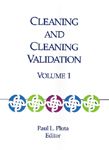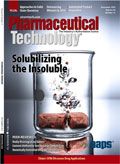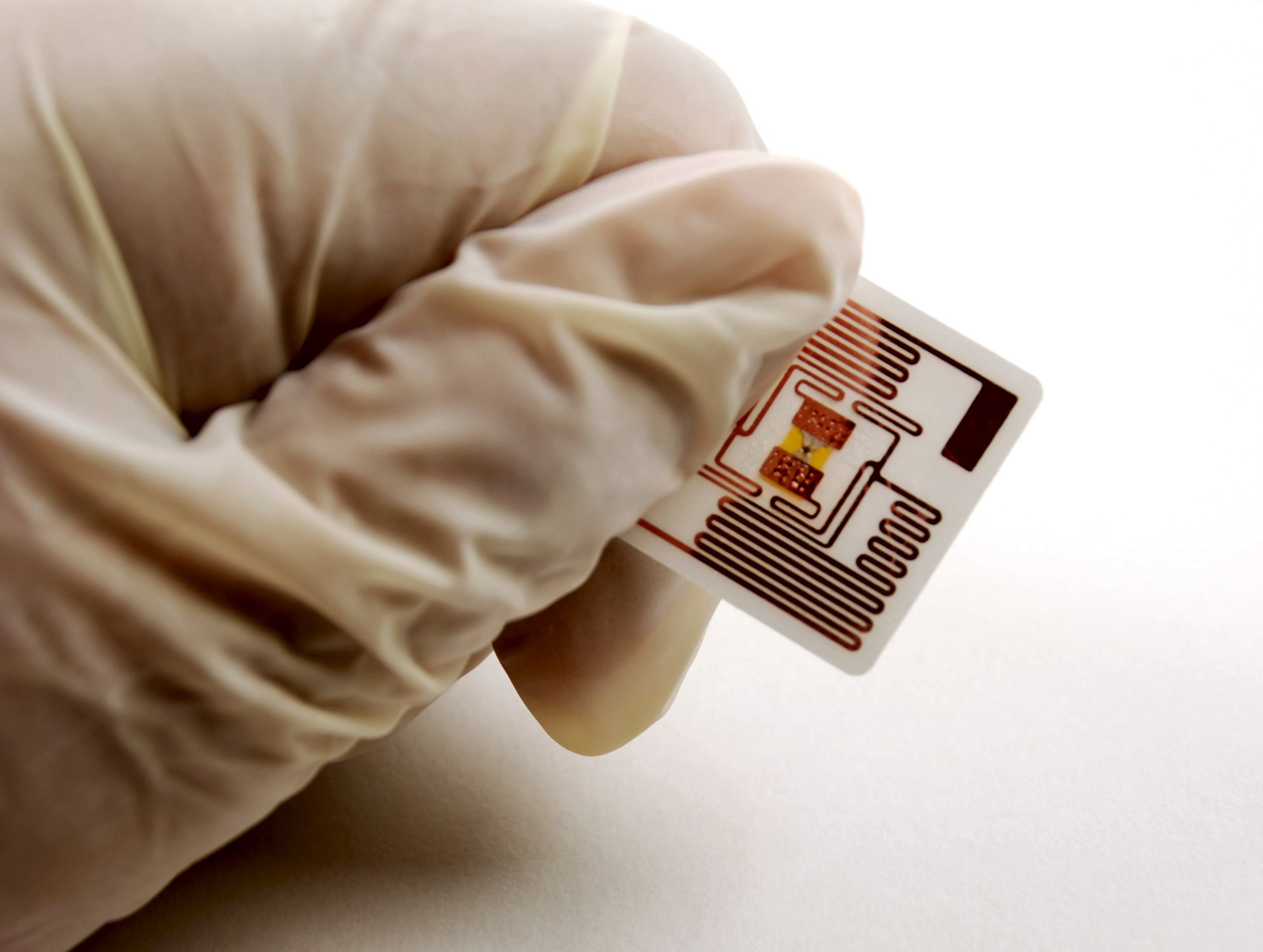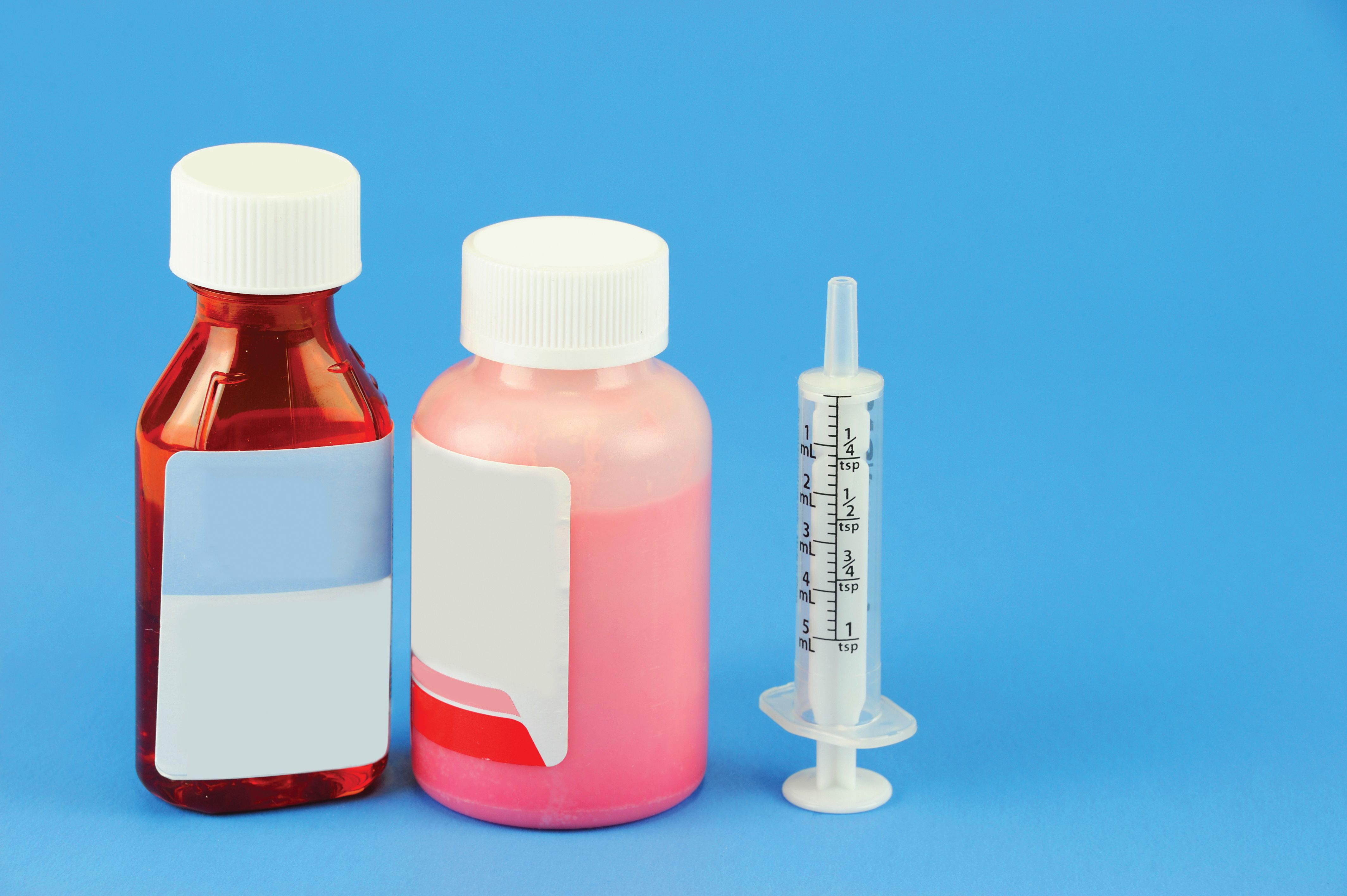Publication
Article
Pharmaceutical Technology
Keep It Clean
A recent book offers an excellent overview of cleaning validation.
Cleaning and Cleaning Validation–Volume 1 is presented as an all-inclusive reference manual for cleaning-validation. The editor's goal is ambitious, and the result is impressive. This book covers the gamut of cleaning-validation topics in substantial detail, thus helping to equip the reader with a single source of general scientific understanding. It is the first and most general in a series of volumes detailing "current knowledge and approaches to cleaning and validation of cleaning processes," as editor Paul Pluta states in the introduction. Subsequent volumes will offer increasingly detailed, specific information, and the series will aim "to address three fundamental questions of cleaning and cleaning validation: why, what and how," according to Pluta.

Cleaning and Cleaning Validation-Volume 1, Paul Pluta, Ed., PDA, Bethesda, MD, 2009, 470 pp., ISBN: 978-1933722375
The book is logically arranged into four major sections that cover cleaning-validation basics, cleaning chemistry and engineering, residues, and specific residues for cleaning. This organization allows readers to find specific information and related topics.
The book's first section lays a strong framework for its subsequent sections. It first provides insight into process validation in general, and then into cleaning validation in particular. The text details regulatory standards and companies' cleaning-validation policies, and offers guidance for the development of a cleaning-validation master plan. The section's detailed information should prove informative, regardless of the reader's experience level in cleaning validation.
A particularly strong inclusion is a chapter on a quality-by-design template for the development of an efficient and effective cleaning program. A cleaning program can be designed to achieve performance requirements consistently by identifying worst-case operating conditions through small-scale characterization studies, and transferring the knowledge obtained to the full-scale cleaning process. The quality-by-design approach uses a strong scientific rationale to build quality into a cleaning-validation program. The approach, therefore, could significantly enhance the program's robustness and capability.
In the second section, readers will find a brief treatise on cleaning-agent chemistry and mechanisms. In addition to providing a basic understanding of various cleaning agents, this section could help readers choose the most appropriate cleaning agent for their equipment and its materials of construction, thereby optimizing their cleaning effectiveness and consistency. This section is relatively short, but it discusses all key considerations for cleaning-agent selection properly.
The book passes from the general to the specific in its third section, which offers much more detail. Various passages explore residues and residue-grouping strategies, and also present an in-depth discussion of visual cleanliness and its employment in cleaning programs. The discussion of microbial and endotoxin residue helps readers understand regulatory requirements and technical issues associated with the microbial aspects of cleaning validation.
The final section features interesting insights into removing specific residues. For example, the section discusses biotech residues in depth, providing basic biologics and a case study. The section also examines manual cleaning processes and procedures, which are common in the pharmaceutical industry. It is important to understand and control the variability associated with manual cleaning to ensure the quality of a cleaning-validation program.
One of this book's outstanding strengths is its list of contributors, which includes a range of experts in various cleaning-validation disciplines. Individual parts of the book were written by respected academics, product manufacturers, detergent manufacturers, consultants, and regulatory investigators, and their contributions provide a balanced and comprehensive perspective. Each author has many years of experience in his or her field, and most are previously published subject-matter experts.
Cleaning and Cleaning Validation–Volume 1 is a comprehensive general text that would make a great stand-alone reference manual for cleaning validation. Most chapters include many references to current literature, regulatory guidelines, and requirements for cleaning-process validation. Practical information and case-study examples throughout the chapters reinforce the book's technical discussions. This book is a valuable resource for employees involved in developing pharmaceutical cleaning-validation programs.
Richard Hwang, PhD, is senior director of pharmaceutical sciences at Pfizer Worldwide R&D, Eastern Point Rd., Groton, CT 06340, tel. 860.715.0296, fax 860.686.8198, ruey.c.hwang@pfizer.com. He is also a member of Pharmaceutical Technology's editorial advisory board.
Jack N. Duranto is principal pharmaceutical scientist at Pfizer Worldwide R&D.
Newsletter
Get the essential updates shaping the future of pharma manufacturing and compliance—subscribe today to Pharmaceutical Technology and never miss a breakthrough.






